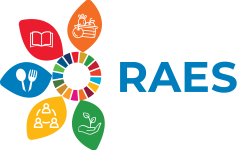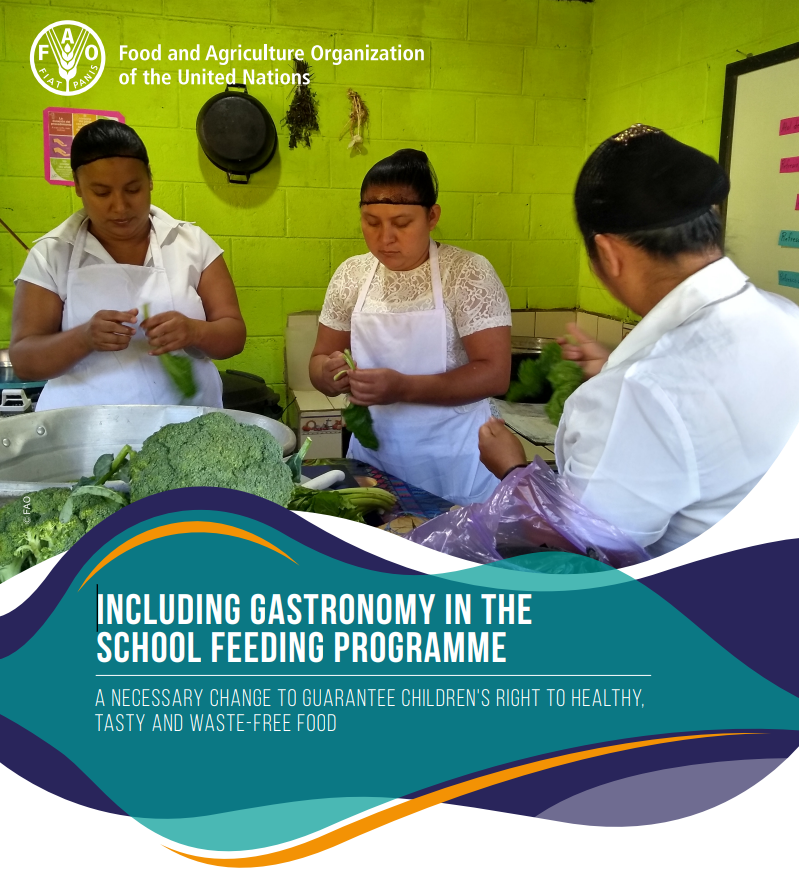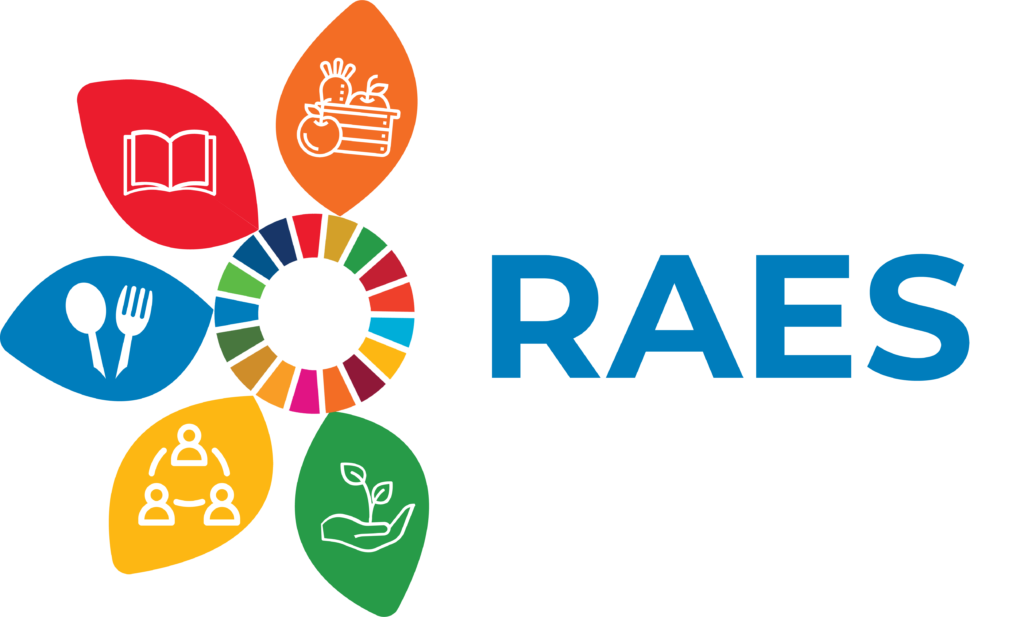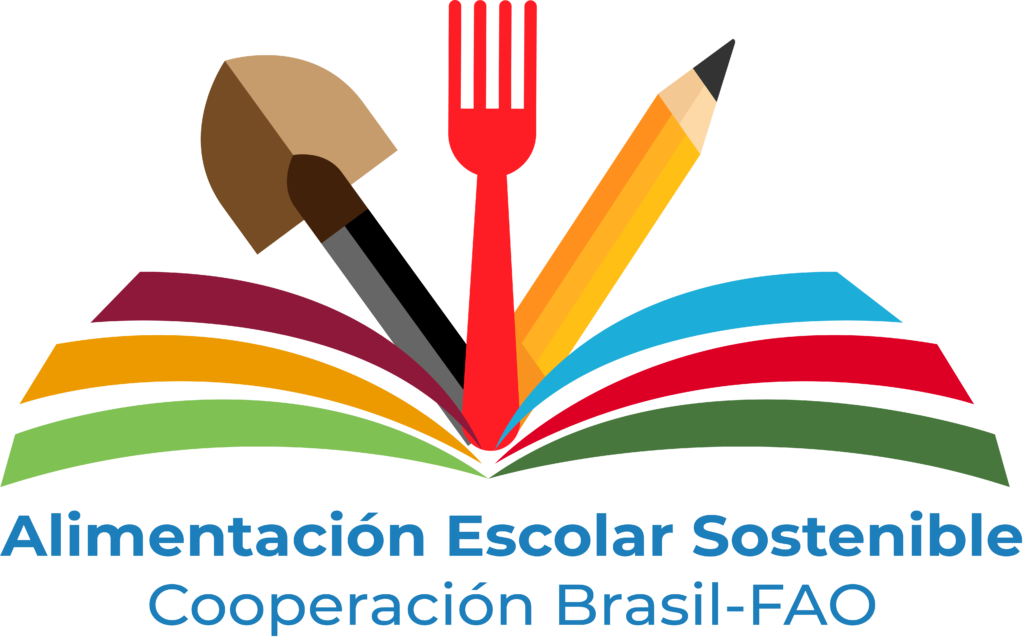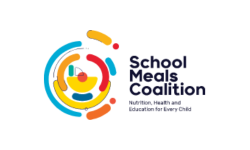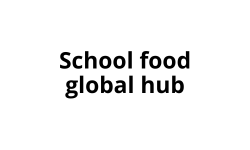Each year, the Guatemalan State invests about 1 869.2 million Quetzals (USD 245 million) in the national School Feeding Programme (PAE, by its acronym in Spanish), which feeds 2.4 million children. This research estimates that, by including gastronomy in the PAE, it is possible to prevent in a school year (180 days), the waste of 561.6 tonnes of food, equivalent to USD 864 000, or 0.35 percent of the invested budget. This food waste is partly due to children refusing to eat food that they do not find tasty.
These data are derived from a small-scale, pre-and post-design pilot intervention in an educational institution in the Department of San Marcos, Guatemala, where the gastronomic quality of a school menu improved due to a back-up training provided by a professional chef for the PAE cooks. In order to identify whether there were differences before and after the intervention, a survey was applied to a sample of children aged 8 to 14, which resulted in an increase in acceptance (from 84 percent to 90 percent) and a decrease in food waste (by 1.3 grammes on average per child per day).Taking as a reference the cost of implementing a gastronomic laboratory in the Chilean PAE (0.017 percent of the total budget), and counterbalancing it with the resources corresponding to food waste in the PAE Guatemala (0.35 percent of the total budget), it appears clearly that investing in gastronomy is a useful mechanism to optimise the use of public resources invested in the PAE.For this reason, based on the findings of this study, it is highly advisable to incorporate gastronomic personnel into the PAE team, who can advise throughout the entire implementation chain.
